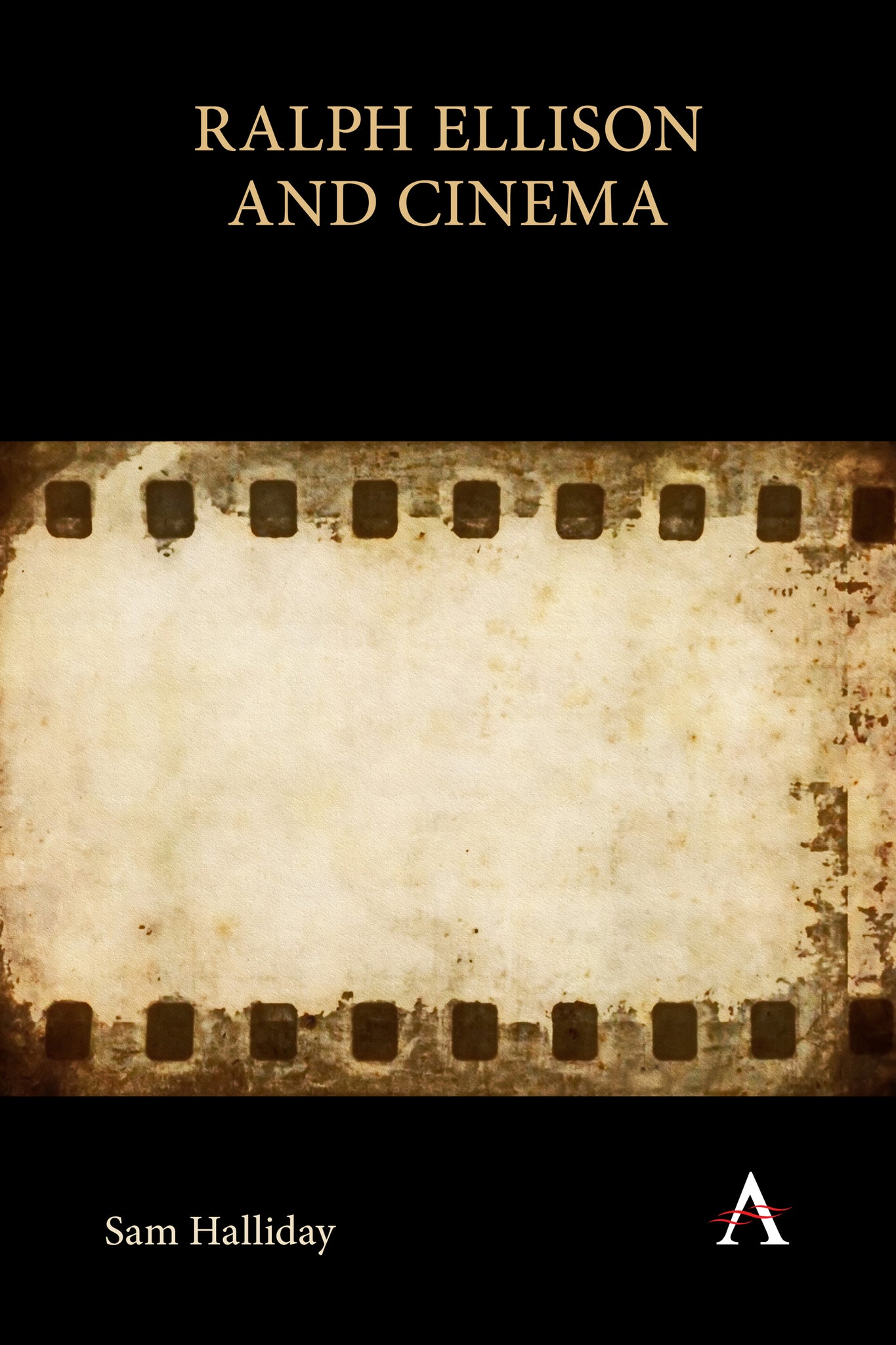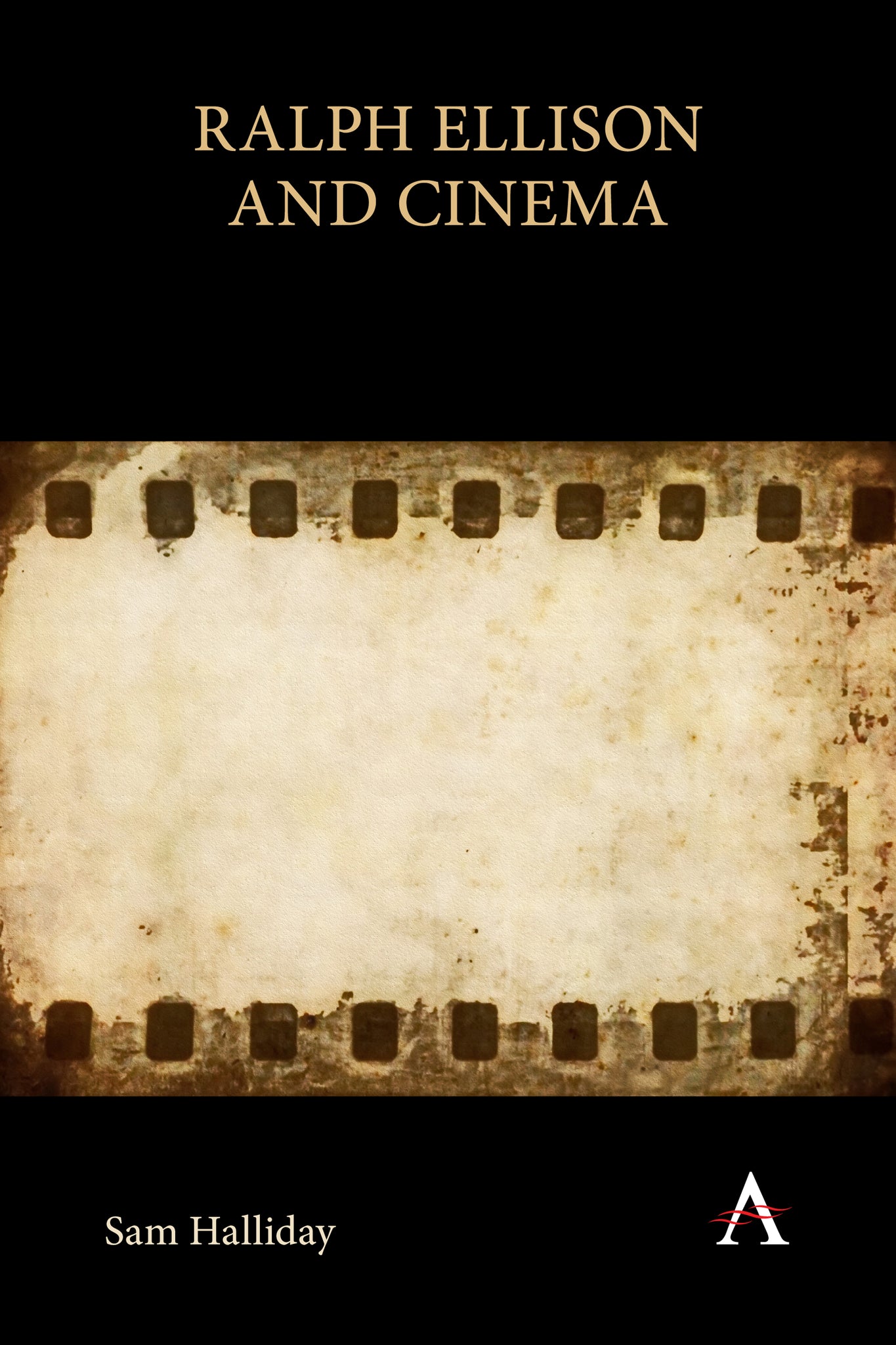We're sorry. An error has occurred
Please cancel or retry.
Ralph Ellison and Cinema

Ralph Ellison and Cinema reveals the crucial role of cinema throughout Ellison’s career. In his most famous work, Invisible Man (1952), cinema is part of a cultural and institutional landscape; as such, it is integral to the way the novel’s protagonist feels and thinks. In Ellison’s critical essays, cinema is simultaneously a crystallization of racial prejudice, a vehicle of ideas about history, and an index of the variously illusory and the revelatory character of dreams. But it is in his monumental, unfinished second novel, posthumously published as Three Days Before the Shooting . . . (2010), that Ellison’s thinking about cinema is brought to its imaginative and theoretical peak. Here, Ellison gives full rein to a sensibility that is both cinephile and cine-sceptical; in the book, Ellison is as much concerned with cinematic form as he is with cinematic content. To chart the breadth and depth of Ellison’s cinematic interests, Ralph Ellison and Cinema discusses the author’s major works alongside private correspondence, Hollywood films in which Ellison took particular interest, and marginalia in the author’s personal library. Ralph Ellison and Cinema also provides a detailed account of the intellectual and social contexts in which Ellison’s works took shape.

LITERARY CRITICISM / American / African American & Black, Literature: history and criticism, LITERARY CRITICISM / Modern / 20th Century, PERFORMING ARTS / Film / General, Literary studies: c 1900 to c 2000, Films, cinema

Introduction; Chapter 1. Peanut Gallery and ‘Mental Screen’: Cinema as Institution, Paradigm and Metaphor; Chapter 2. The Shadow and the Act: the Critique of Hollywood and the Performativity of Race; Chapter 3. The Reel and the Frame-Line: Cinematic Form and Filmic Time.




